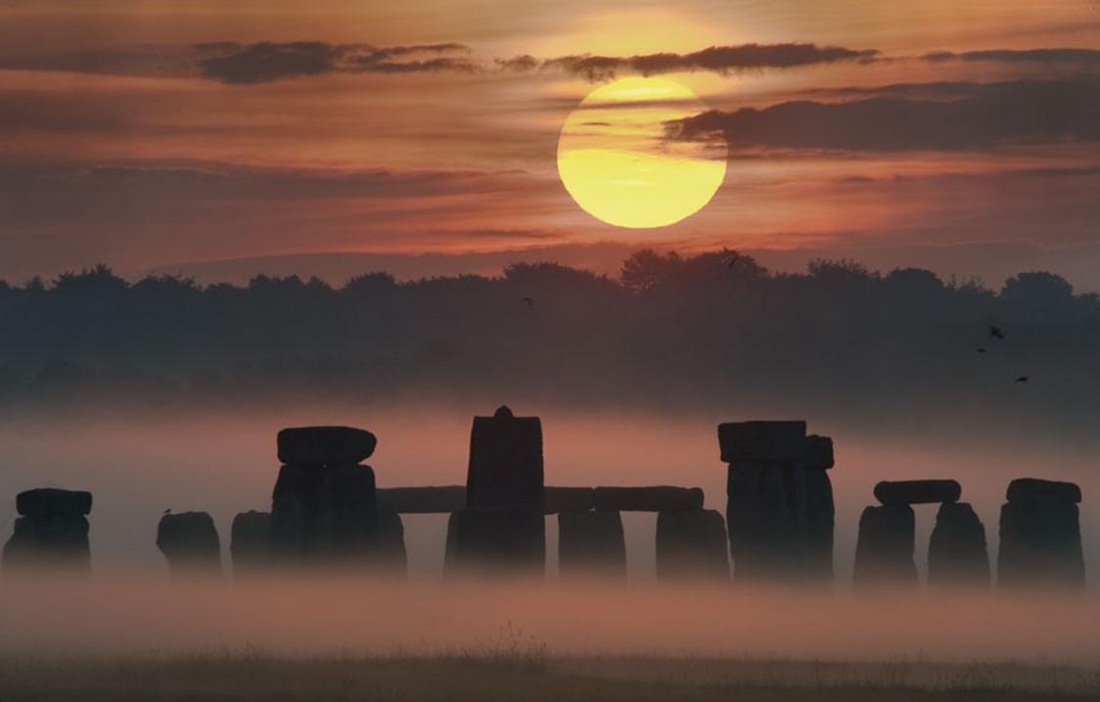The precise time of day when the sun hits its maximum, I found, was Friday, June 21st of 2013 at 2:04 PM Korea Time (1:04 AM June 21st, Eastern USA Time). I arrived at work shortly before 2 PM. When the clock struck 2:03. I decided to slip out of the teachers’ room, and mark the occasion by going to a classroom window, to catch a glimpse of the Sun. I didn’t quite see the Sun. I got a largely-obstructed view of a semi-grey, indistinct sky. At least it was the sky.
There are two things I find of interest on this topic:
(1) The Word “Solstice”. English uses the pretentious Latin word “Solstice”. Why use the Latin? German, characteristically, uses an old-Germanic formation for this event, “Sonnenwende”. That might be translated as “Sun Turning Point”, or simply “Sun Change”. (In today’s German, the word “Wende”, when it stands alone, refers to the German Democratic Republic’s disintegration, “die Wende“). That English so often chooses Latin words over simpler Germanic ones (even when Germanic ones will do), is something I’ve often pointed out to more-advanced students.
(2) Its Significance as a “Holiday”. The Pagans in Europe famously celebrated seasonal-holidays, like Summer Solstice. My own surname is related to the word “Yule”, an old-Germanic name for the Winter Solstice. Summer Solstice supposedly inspired the creation of Stonehenge and other megaliths.
Paganism and its seasonal holidays were on the way out in the centuries of the first Milennium AD. Supposedly, the early Church fathers chose the December 25th date to smooth over Pagan-Christian relations. Jesus’ birthdate was unknown, but being set by the Church at the same time as the traditional Yuletide festivals of Europe, must’ve led many Pagans to feel “these Christians are coming around!”

Actually, it’s not true that “no one celebrates these holidays [with a spiritual component]”. The news article from which I stole the above image of Stonehenge is of a kind I’ve occasionally seen in the past ten years. It gawks at the activities of so-called “Neo-Pagans” in Europe. Eighty thousand British listed themselves as Neo-Pagan on their recent census, A BBC article from this year discusses Greek Neo-Pagans celebrating solstice. It says:
The followers [of Greek Neo-Paganism] are an odd mix. There are New Age types who revere ancient traditions, leftists who resent the power of the Orthodox Church, and Greek nationalists who see Christianity as having destroyed everything that was truly Greek.
an official of the [Greek] Orthodox Church described them as, “a handful of miserable resuscitators of a degenerate dead religion”.
